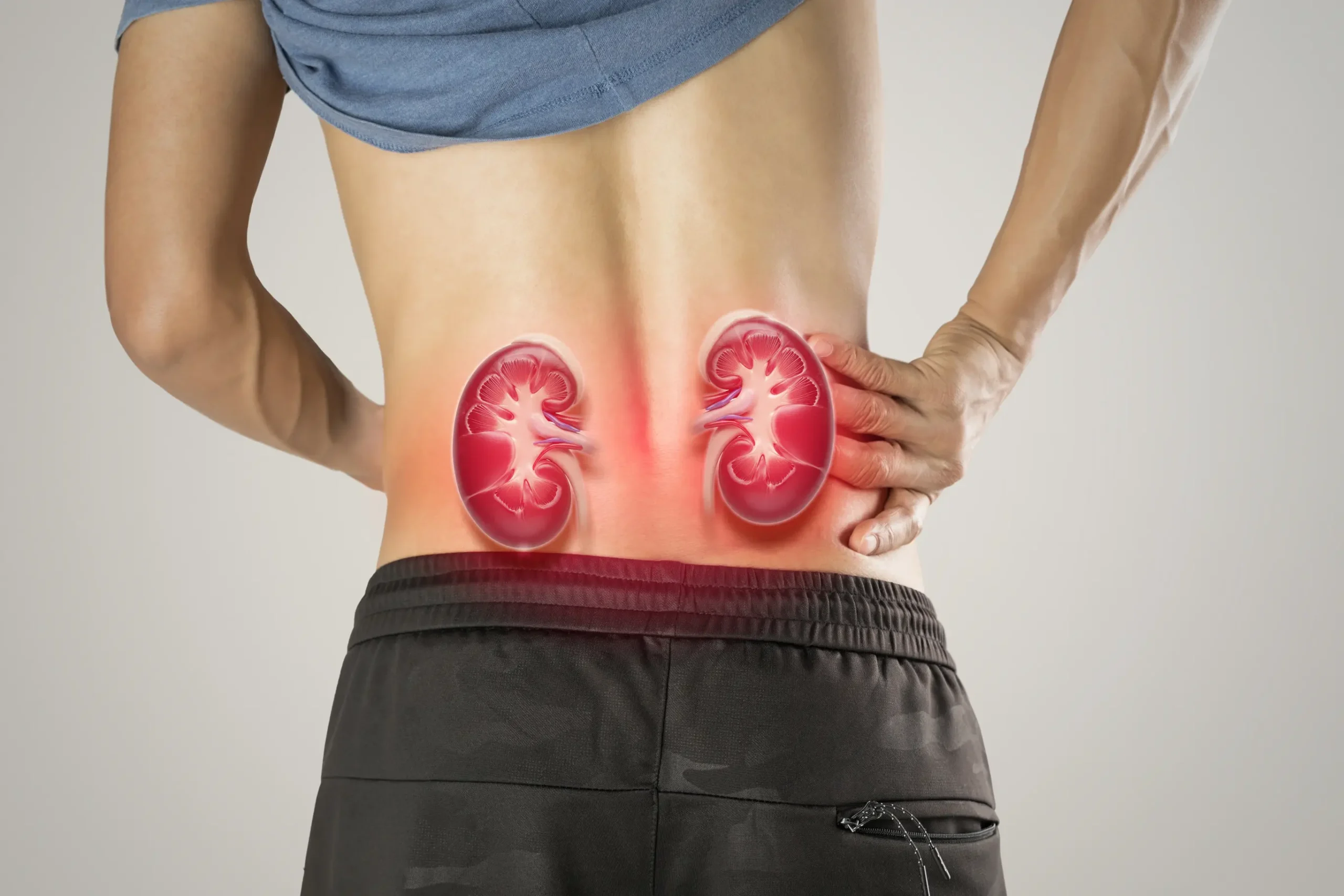
Detecting issues within the renal system early on presents a challenge precisely because the body possesses a remarkable compensatory capacity, meaning that a substantial portion of kidney function can be lost before any overt symptoms manifest. The kidneys are intricate, multi-functional organs, responsible for far more than just filtering waste; they also play a pivotal role in regulating blood pressure, maintaining electrolyte balance, and producing hormones essential for red blood cell synthesis and bone health. Consequently, when their function begins to decline, the resulting symptoms are often subtle, non-specific, and easily misattributed to more common, benign conditions like stress, age-related changes, or a minor viral illness. This silent progression of chronic kidney disease (CKD) underscores the necessity of recognizing the most nuanced and frequently overlooked initial indicators, long before the more dramatic signs of advanced failure, such as uremia, develop. The key to effective intervention lies in connecting seemingly disparate, minor physical changes to a potential underlying issue with renal filtration and regulation.
The body is usually able to cope with a significant reduction in kidney function
The deceptive lack of clear indicators in the initial stages of renal damage stems directly from the functional reserve built into the system. “The body is usually able to cope with a significant reduction in kidney function” accurately describes this initial phase. The kidneys contain millions of microscopic filtering units called nephrons, and the body can often maintain near-normal blood chemistry even when a large percentage of these units are compromised. As nephrons are damaged, the remaining healthy ones essentially take on an increased workload, filtering waste at a higher rate per unit to compensate for the loss. This extraordinary compensatory mechanism ensures that the early stages of CKD (Stages 1 and 2) are typically asymptomatic. This means that diagnosis at this crucial point often relies not on a patient’s subjective feeling of illness, but on routine blood or urine laboratory tests performed for other, unrelated health concerns.
If you feel the need to urinate more often, especially at night, this can be a sign of kidney disease
One of the earliest physiological clues to a developing renal problem can be found in a noticeable, yet often dismissed, shift in urinary habits. “If you feel the need to urinate more often, especially at night, this can be a sign of kidney disease” points to the symptom known as nocturia. Healthy kidneys effectively concentrate urine throughout the night, allowing for uninterrupted sleep. When kidney function begins to decline, the tubules—the structures responsible for reabsorbing water—become less effective at this task. They fail to concentrate the urine adequately, leading to the production of larger volumes of very dilute urine, particularly overnight. This increased need to void at night forces an individual to wake up repeatedly, and while it might be easily blamed on simply drinking too much water before bed, a persistent pattern warrants careful consideration.
Excessive bubbles in the urine – especially those that require you to flush several times before they go away—indicate protein in the urine
The appearance of urine itself offers a visual, if often ambiguous, indicator of filtration issues. “Excessive bubbles in the urine – especially those that require you to flush several times before they go away—indicate protein in the urine” describes a condition called proteinuria or albuminuria. The presence of persistent, fine foam or froth in the toilet bowl, resembling the head on a freshly poured beer and taking a considerable time to dissipate, suggests that proteins, primarily albumin, are inappropriately escaping the blood and leaking into the urine. In a healthy kidney, the delicate filtering membrane, the glomerulus, should retain these large protein molecules. Damage to this filter allows the protein to pass through, and when protein is present in significant concentration in the urine, it lowers the surface tension, causing the characteristic stable foam. This sign, even in the absence of other symptoms, is considered a definitive marker of early kidney damage.
Protein in the urine is an early sign that the kidneys’ filters have been damaged
Building upon the visual sign, the underlying biological reality of foamy urine is directly tied to the integrity of the filtration apparatus. “Protein in the urine is an early sign that the kidneys’ filters have been damaged” provides the physiological context for proteinuria. Glomerular damage allows for the leakage of protein, confirming that the initial, high-pressure filtering system within the nephrons is impaired. This leakage is often the first tangible, measurable sign of CKD. It is a critical indicator because the chronic loss of protein places a strain on the body’s nutritional status and is an independent risk factor for the progression of kidney disease and cardiovascular events. Thus, the finding of albumin in the urine—detectable only through specific lab tests—can precede a measurable decline in the kidney’s overall filtering rate (eGFR) by years.
This puffiness around your eyes can be due to the fact that your kidneys are leaking a large amount of protein in the urine
Beyond the toilet bowl, the consequences of protein loss can sometimes manifest as noticeable changes in fluid distribution across the body. “This puffiness around your eyes can be due to the fact that your kidneys are leaking a large amount of protein in the urine” connects proteinuria to a visible form of edema. Protein, particularly albumin, helps to maintain oncotic pressure, which is the force that draws fluid back into the blood vessels from the surrounding tissues. When the kidneys lose large amounts of protein, the concentration of albumin in the blood drops. This decrease in oncotic pressure causes fluid to shift out of the blood vessels and accumulate in the interstitial spaces, leading to swelling, or edema. The tissue around the eyes is particularly susceptible to this fluid accumulation, resulting in periorbital puffiness, especially noticeable in the morning.
Swelling in the lower extremities can also be a sign of heart disease, liver disease and chronic leg vein problems
While the puffiness around the eyes can point to protein loss, swelling in other parts of the body, specifically the feet and ankles, is a more common and less specific finding, requiring careful differential diagnosis. “Swelling in the lower extremities can also be a sign of heart disease, liver disease and chronic leg vein problems” acts as a crucial reminder that edema is a non-exclusive symptom. In the context of kidney disease, decreased renal function leads to the retention of sodium and water, which accumulates in dependent areas due to gravity. However, swelling in the feet and ankles can also be a hallmark of congestive heart failure or severe liver dysfunction. The physician must therefore use blood tests to look at kidney function (creatinine, eGFR), liver enzymes, and cardiac markers to properly pinpoint the true underlying cause of the fluid retention.
You may notice one or more of the following signs: Extreme tiredness (fatigue)
A vague and pervasive sense of exhaustion is another early non-specific symptom that an individual may struggle to articulate. “You may notice one or more of the following signs: Extreme tiredness (fatigue)” draws attention to the systemic impact of early uremia and associated anemia. Even minor kidney damage can begin to reduce the production of erythropoietin (EPO), a hormone made by the kidneys that signals the bone marrow to produce red blood cells. A decrease in EPO leads to anemia, a reduction in the oxygen-carrying capacity of the blood, which manifests as overwhelming fatigue and weakness. Furthermore, the slow build-up of waste products (uremia) that the compromised kidneys fail to clear can also contribute to a general feeling of malaise and chronic exhaustion that is not relieved by rest.
Brain fog: Confusion or trouble concentrating
The slow accumulation of metabolic waste products, which healthy kidneys would normally excrete, begins to subtly impact cognitive function well before the onset of severe uremic encephalopathy. “Confusion or trouble concentrating” describes the phenomenon often referred to as “brain fog.” This decreased mental sharpness and difficulty with focus, attention, and memory is a subtle but significant early indicator. Patients often report feeling mentally sluggish, or that simple tasks require far more mental effort than they once did. This symptom can be easily mistaken for simple stress or the natural progression of aging, but in the context of other minor physical changes, it suggests that accumulating toxins are beginning to interfere with normal brain chemistry and neurological function.
Dry and itchy skin: Itching that won’t go away
One of the more peculiar and distressing early indicators of declining kidney function is a persistent skin issue. “Dry and itchy skin: Itching that won’t go away” refers to the symptom of pruritus, which is often intractable and unresponsive to typical topical treatments. While this symptom is generally associated with later-stage CKD, it can begin subtly as the kidneys lose their ability to maintain precise electrolyte and mineral balance. The mechanism is complex but involves the accumulation of toxins and changes in mineral metabolism, specifically high phosphorus levels, which can lead to calcification and subsequent irritation of the skin. This dermatological manifestation is a clear sign that the body’s internal chemistry is shifting due to impaired renal clearance.
It’s best to call your healthcare provider if you believe there’s something wrong
Given the subtle, non-specific, and easily dismissed nature of the initial signs of kidney disease, proactive consultation remains the most reliable path to early detection. “It’s best to call your healthcare provider if you believe there’s something wrong” emphasizes the patient’s role as the primary observer of persistent changes. Since a feeling of something being “off,” an inexplicable persistent fatigue, or a sustained change in urination pattern cannot be self-diagnosed, communicating these changes to a professional is essential. Early intervention, guided by laboratory analysis of the urine and blood (measuring albumin and creatinine), provides the best opportunity to slow the progression of renal damage and mitigate the development of severe, irreversible complications.
